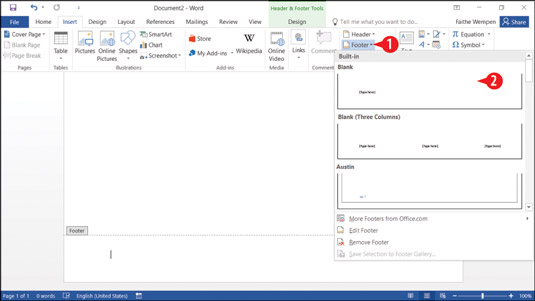
Hold down the Shift key as you press the Left Arrow. In the problem document, press Ctrl+A to select the entire document. In the new document, set the margins the way you want them to appear. As you modify the options, it reflects your changes. Here is one way to try to 'reclaim' your document: Open the problem document. Notice the Preview picture of your document at the bottom of the dialog window. Set the Top, Inside, and Outside to 0.65″ set the Bottom to 0.75″ and set the Gutter to 0.5″. Notice that Top, Bottom, Gutter, and Gutter Position are the same (although Gutter Position is grayed-out), but Left and Right have changed to Inside and Outside. You can also select All and let Microsoft make the final count for you.Ĥ. Move to the next field, Sheets per Booklet, and choose 4 (or as many pages as you need) from the drop-down list. Just click the arrow beside the Multiple Pages field box and select Book Fold from the list.ģ. Before you can modify these settings properly, you must first change the Multiple Pages setting (under Pages) to Book Fold.

Under the Margins tab, notice that the margins are set to Word’s default: Top, Bottom, Left, and Right set at one inch, gutter set at zero, and Gutter Position set to Left. Go to Page Layout > Page Setup, click the Margins button, then scroll down to the bottom of the drop-down list and click Custom Margins.Ģ. ' display cropmarks when there are no boundariesĪctiveDocument.GridSpaceBetweenHorizontalLines = 2ĪctiveDocument.GridSpaceBetweenVerticalLines = 2ĪctiveDocument.GridDistanceHorizontal = CentimetersToPoints(0.18)ĪctiveDocument.GridDistanceVertical = CentimetersToPoints(0.1.

' do not need cropmarks at all with crossing boundariesĪctiveDocument.GridSpaceBetweenHorizontalLines = 1ĪctiveDocument.GridSpaceBetweenVerticalLines = 1ĪctiveDocument.GridOriginFromMargin = True PageSetup.GutterĪctiveDocument.GridOriginVertical =. PageSetup.BottomMargin), 1) - 0.05)ĪctiveDocument.GridOriginHorizontal =. PageSetup.RightMargin), 1) - 0.05)ĪctiveDocument.GridDistanceVertical = CentimetersToPoints(Round(PointsToCentimeters( _ ' 0.05 is half-millimeter to prevent cutting off the right and bottom boundaries by the marginsĪctiveDocument.GridDistanceHorizontal = CentimetersToPoints(Round(PointsToCentimeters( _ ' display boundaries like those in pre-2013 PageSetup.RightMarginĪctiveDocument.GridDistanceVertical =.
#View top margin in word 2016 full
' display crossing boundaries at full width and heightĪctiveDocument.GridDistanceHorizontal =. If ActiveDocument.GridOriginFromMargin = False Then ' ActiveDocument.GridOriginFromMargin = True ' uncomment to have page boundaries like standard for pre-2013 ' provide page boundaries using a customised page gridĪctiveDocument.GridOriginFromMargin = False

If you like boundaries that look just like a rectangle, like it was in Office before 2013, remove ' at the start of this line: ' ActiveDocument.GridOriginFromMargin = Trueĭownside: There will be the same boundaries for the whole document, so if you have multiple sections with different size margins, their boundaries will be like those of the section that is current at the moment when you run the macro. The produced boundaries are a bit improved: they extend at the full page width and height, crossing in the corners. Here is my macro lifehack that makes use of the gridlines to display text boundaries in the pre-2013 style.


 0 kommentar(er)
0 kommentar(er)
